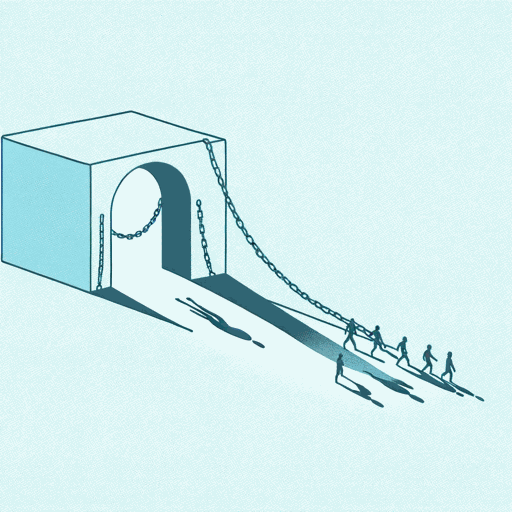34 pages • 1 hour read
PlatoAllegory Of The Cave
Nonfiction | Essay / Speech | Adult | BCEA modern alternative to SparkNotes and CliffsNotes, SuperSummary offers high-quality Study Guides with detailed chapter summaries and analysis of major themes, characters, and more. For select classroom titles, we also provide Teaching Guides with discussion and quiz questions to prompt student engagement.
After Reading
Discussion/Analysis Prompt
“The Allegory of the Cave,” like most of Plato’s works, has much to say about the Form of Goodness. What does “goodness” mean to Plato and what is its overall role in the allegory? How does Plato’s idea of “goodness” compare to the way you think about what it means to be good, virtuous, or just?
Teaching Suggestion: Precisely defining terms is one of philosophy’s most important tasks. Encourage students to explore the text for clues as to what distinguishes “goodness” from related concepts such as “virtue” and “justice.” Make sure to also discuss Plato’s philosophical concept of the “Forms,” one of the central features of his argument in The Republic. This discussion connects to the themes of The Form of Goodness and Enlightenment.
Differentiation Suggestion: For students who would benefit from assistance with abstract thinking, consider setting up frames or contexts for students to answer this question in a classroom discussion. For example, students might benefit from thinking about good and evil on a more concrete level: what are some examples of “good” actions and “bad” actions? What are examples of specific virtues? Can a person do something bad while still being a good person? Graphic organizers, such as a Venn diagram or T-chart, might also be useful for a more visual approach.
Related Titles
By Plato

Apology
Plato
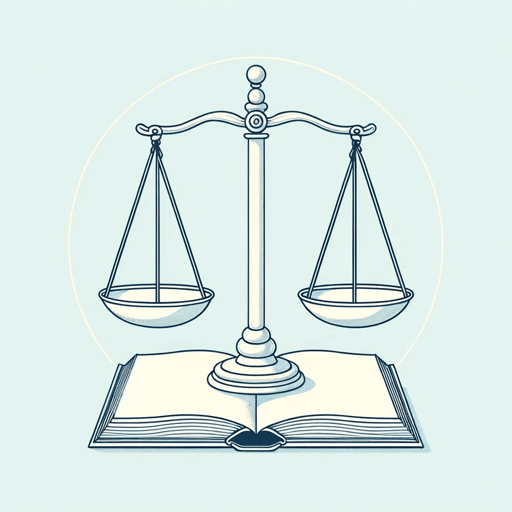
Crito
Plato
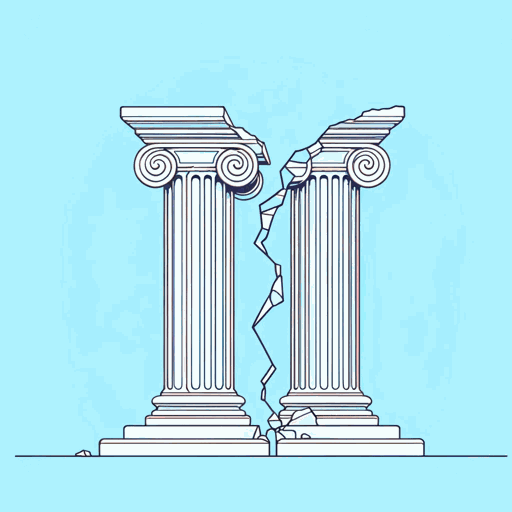
Euthyphro
Plato
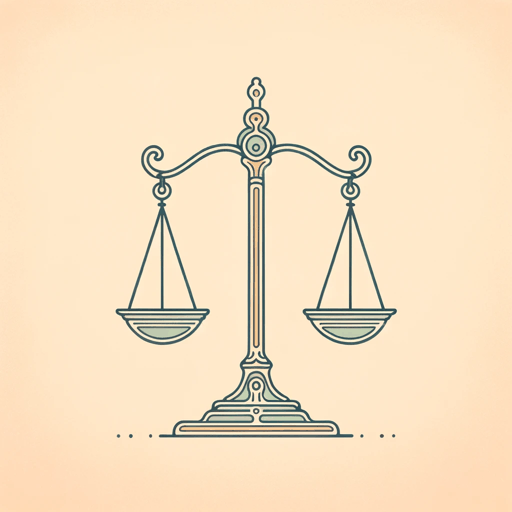
Gorgias
Plato
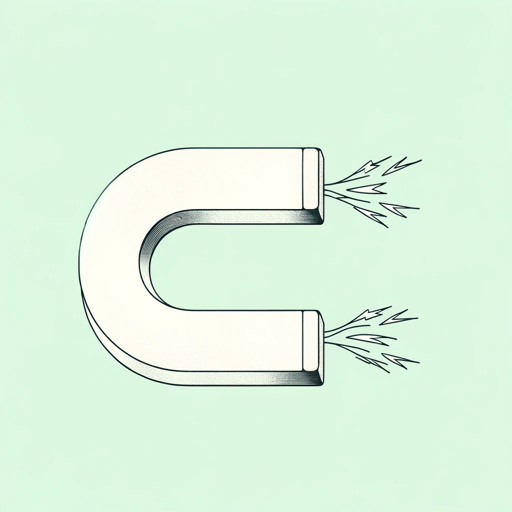
Ion
Plato

Meno
Plato

Phaedo
Plato

Phaedrus
Plato
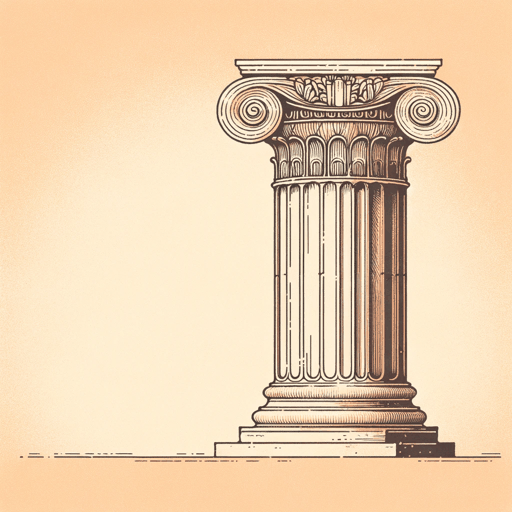
Protagoras
Plato

Symposium
Plato

Theaetetus
Plato

The Last Days of Socrates
Plato

The Republic
Plato
